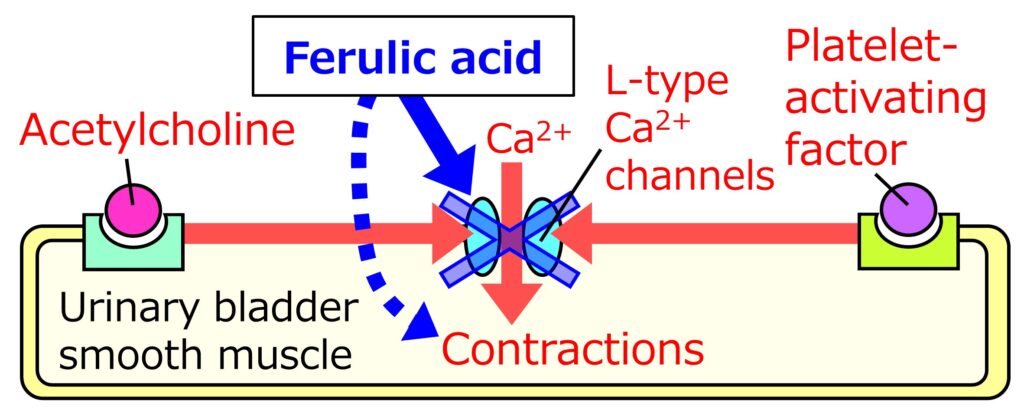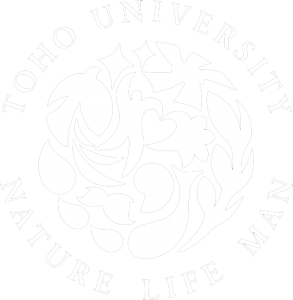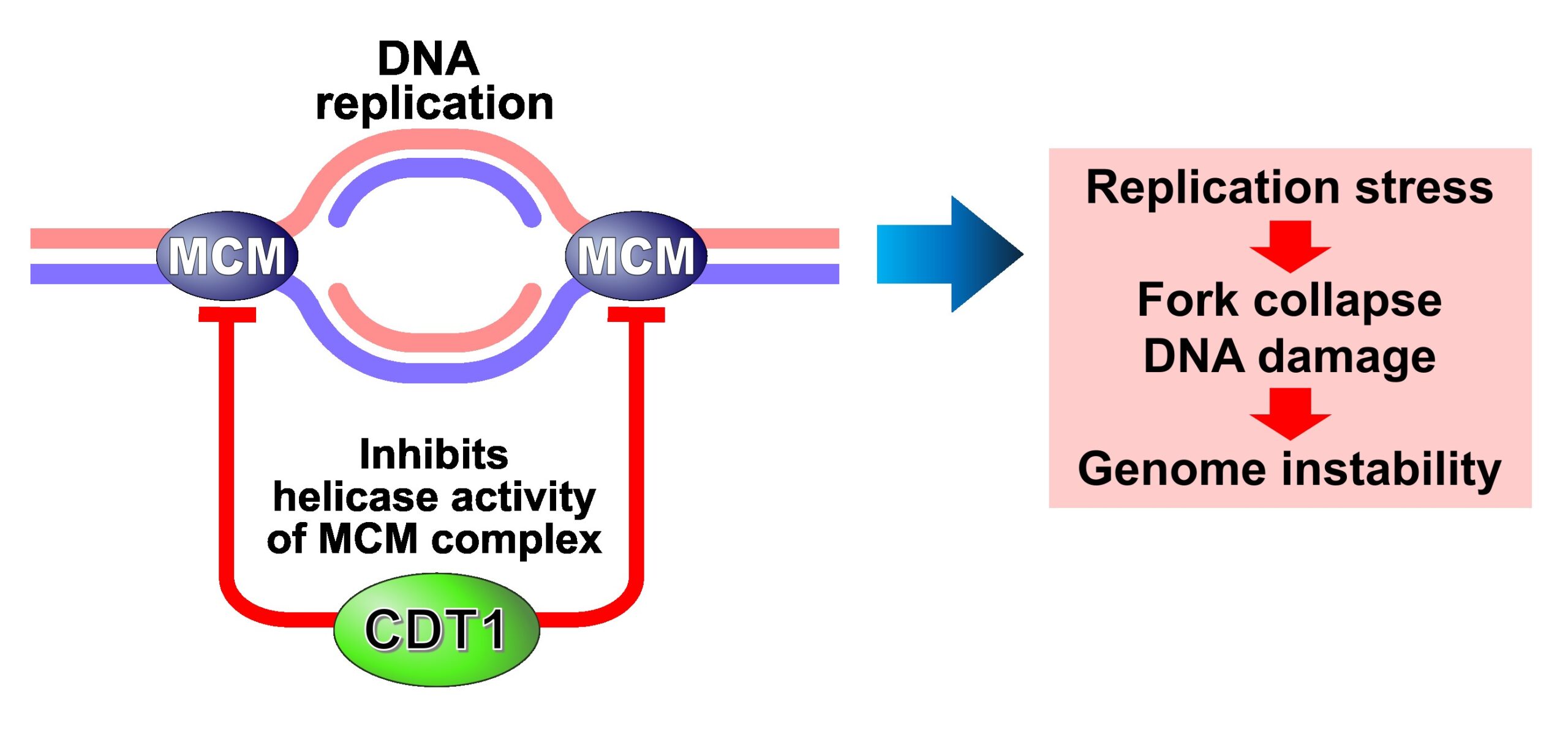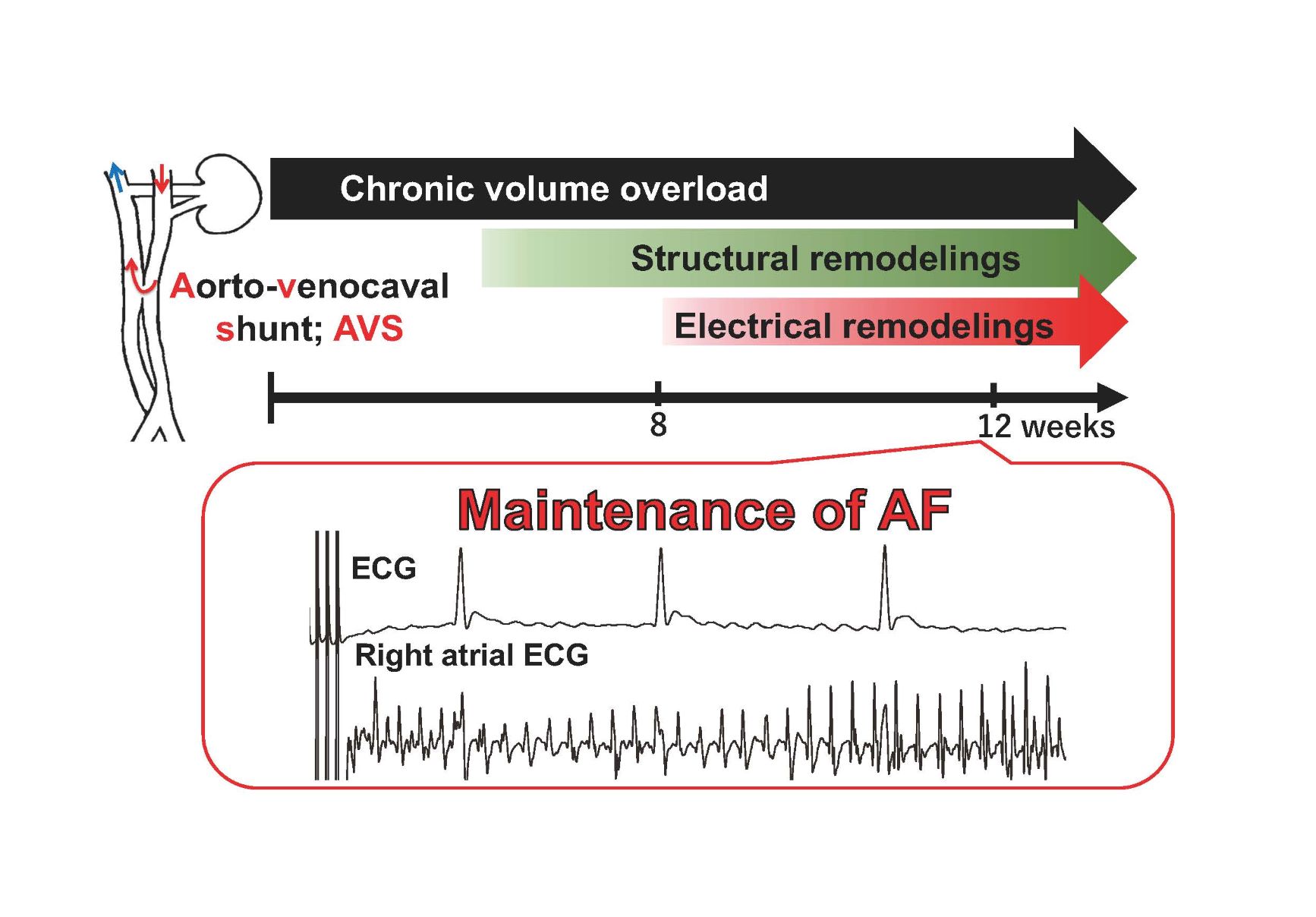August 14, 2025
Ferulic Acid in Rice Bran and Wheat Bran May Suppress Bladder Muscle Contractions
— A Natural Compound with Potential Benefits for Overactive Bladder and Interstitial Cystitis —

From left: Dr. Kento Yoshioka, Dr. Yoshio Tanaka, Dr. Keisuke Obara
A research team led by Dr. Keisuke Obara, Dr. Kento Yoshioka, and Professor Yoshio Tanaka from the Department of Chemical Pharmacology, Faculty of Pharmaceutical Sciences at Toho University has found that ferulic acid, a natural polyphenol abundant in rice bran and wheat bran, can directly inhibit contractions of bladder smooth muscle. The study indicates that this inhibitory effect is likely mediated by blocking L-type calcium (Ca2+) channels, which regulate calcium influx into smooth muscle cells and are essential for muscle contraction.
These findings were published on August 14, 2025, in the scientific journal Biological and Pharmaceutical Bulletin.
Overactive bladder (OAB) and interstitial cystitis/bladder pain syndrome (IC/BPS) are chronic urinary disorders characterized by frequent urination, urgency, and pelvic discomfort. In both conditions, abnormal bladder smooth muscle contractions are known to play a central role in symptom development. Although anticholinergic drugs are commonly used to inhibit the neurotransmitter acetylcholine (ACh) and reduce muscle activity, they are often insufficient and may cause side effects such as dry mouth, constipation, or cognitive impairment.
In this study, the researchers evaluated the effects of ferulic acid (0.1–3 mM) on isolated guinea pig bladder smooth muscle. The compound dose-dependently and strongly suppressed contractions induced by ACh, which is involved in normal urinary control, and by platelet-activating factor (PAF), a lipid mediator associated with inflammation and known to be elevated in the urine of IC/BPS patients. At 3 mM, these contractions were almost completely abolished.
Ferulic acid also suppressed contractions triggered by high potassium (K+), which depolarizes the smooth muscle membrane and stimulates Ca2+ influx through L-type calcium channels. The fact that ferulic acid inhibited contractions regardless of the type of stimulus—neurotransmitter, inflammatory mediator, or depolarization—suggests a non-selective suppressive mechanism. These findings support the hypothesis that the compound exerts its effects by inhibiting L-type Ca2+ channels, thereby reducing the calcium-dependent contraction of bladder smooth muscle.
“Our findings suggest that ferulic acid functions similarly to L-type Ca2+ channel blockers, which are already used clinically to reduce smooth muscle tone,” said Dr. Obara. “Its ability to broadly suppress both physiological and pathological contractions makes it an intriguing compound for further exploration.”
The research group had previously shown that ferulic acid not only inhibits Ca2+ influx through L-type channels but also suppresses phosphorylation of myosin light chains, a critical intracellular step for muscle contraction. This additional mechanism may also contribute to its relaxant effect on the bladder.
Ferulic acid is found in a variety of plant-based foods, including rice bran, wheat bran, oats, barley, coffee, and some fruits and vegetables, and is already widely used in dietary supplements due to its antioxidant and anti-inflammatory properties. Given its favorable safety profile, the compound may serve as a natural agent for supporting healthy bladder function. While additional studies are needed, its application in targeted delivery approaches, such as bladder-directed formulations, may be considered in future research.

Proposed Mechanism of Action of Ferulic Acid in Bladder Smooth Muscle
Acetylcholine (ACh) and platelet-activating factor (PAF) promote bladder smooth muscle contraction by increasing calcium (Ca2+) influx through L-type Ca2+ channels. Ferulic acid, a natural compound found in rice bran and wheat bran, is proposed to reduce muscle contraction by blocking these channels and limiting Ca2+ entry. Additionally, it may inhibit myosin light chain phosphorylation, further contributing to muscle relaxation. These mechanisms suggest its potential relevance in conditions such as overactive bladder (OAB) and interstitial cystitis/bladder pain syndrome (IC/BPS).
Journal:
Biological and Pharmaceutical Bulletin (August 14, 2025)
Title:
Inhibitory effects of ferulic acid on acetylcholine- and platelet-activating factor-induced contractions in guinea pig urinary bladder smooth muscle
Authors:
Keisuke Obara, Futaba Makino, Momoko Tanaka, Mio Furuta, Kento Yoshioka, Yoshio Tanaka
DOI: 10.1248/bpb.b25-00397
Abstract URL: https://doi.org/10.1248/bpb.b25-00397
READ MORE RESEARCH NEWS - PHARMACEUTICAL SCIENCES
Undergraduate Programs
– Medicine
– Pharmaceutical Sciences
– Science
– Nursing
– Health Science
Graduate Programs
–Medicine
–Pharmaceutical Sciences
–Science
–Nursing
RESEARCH
– News
– Guidelines & Policies
– Support Offices
– Facilities
– Security Export Control
Non-Degree Programs
– Clinical Elective Program
– International Physician Observership Program



.jpg)
